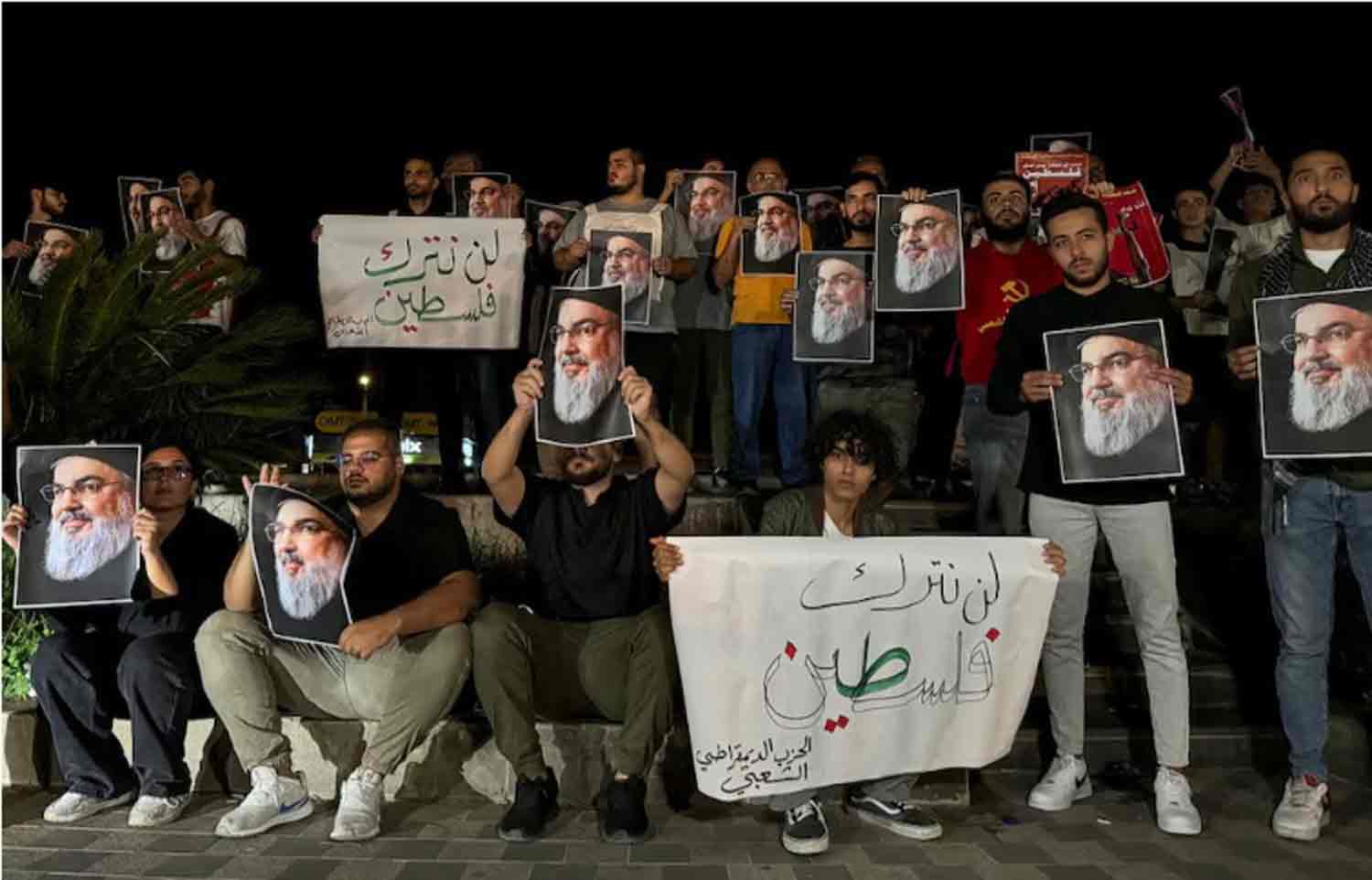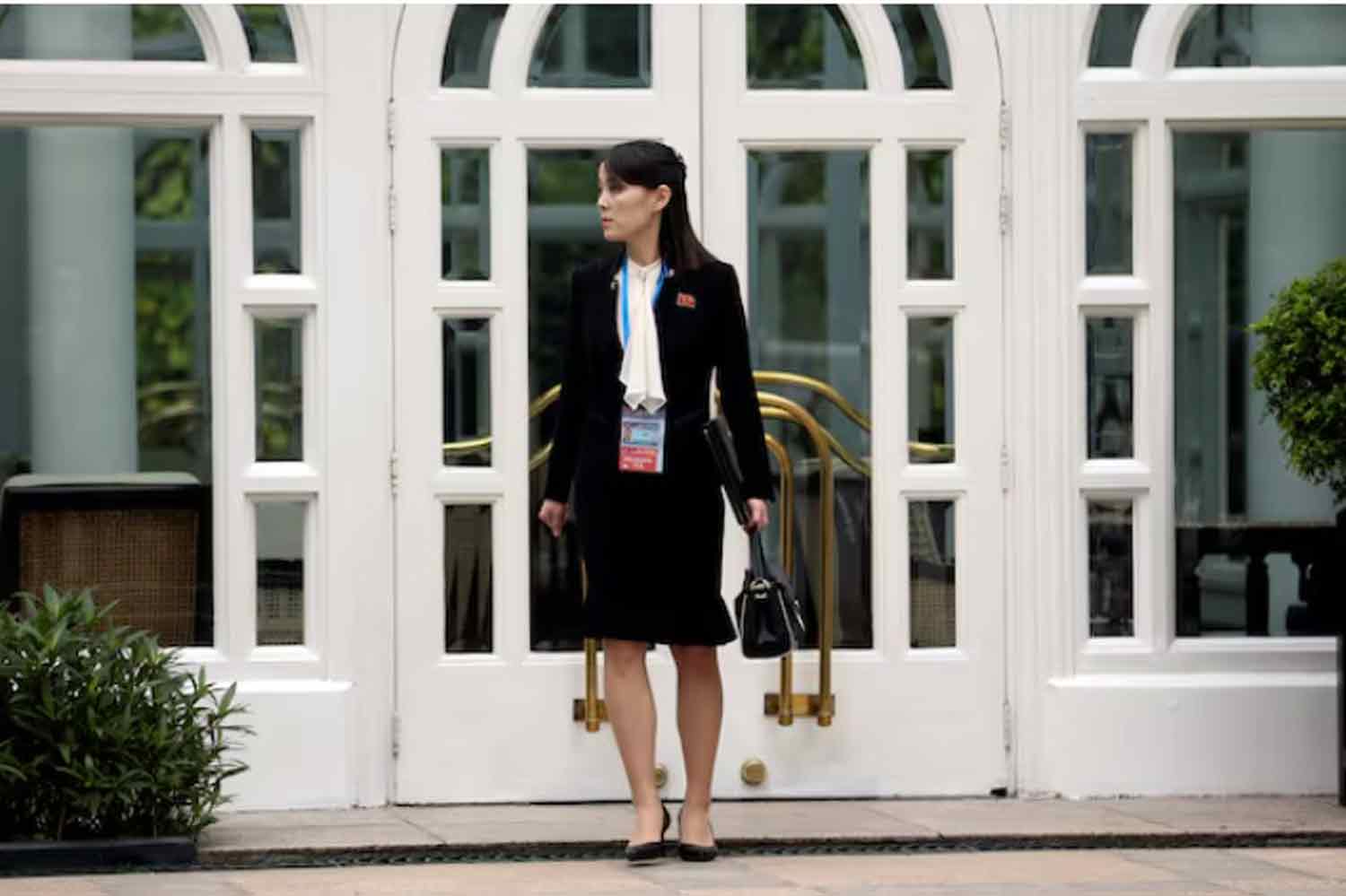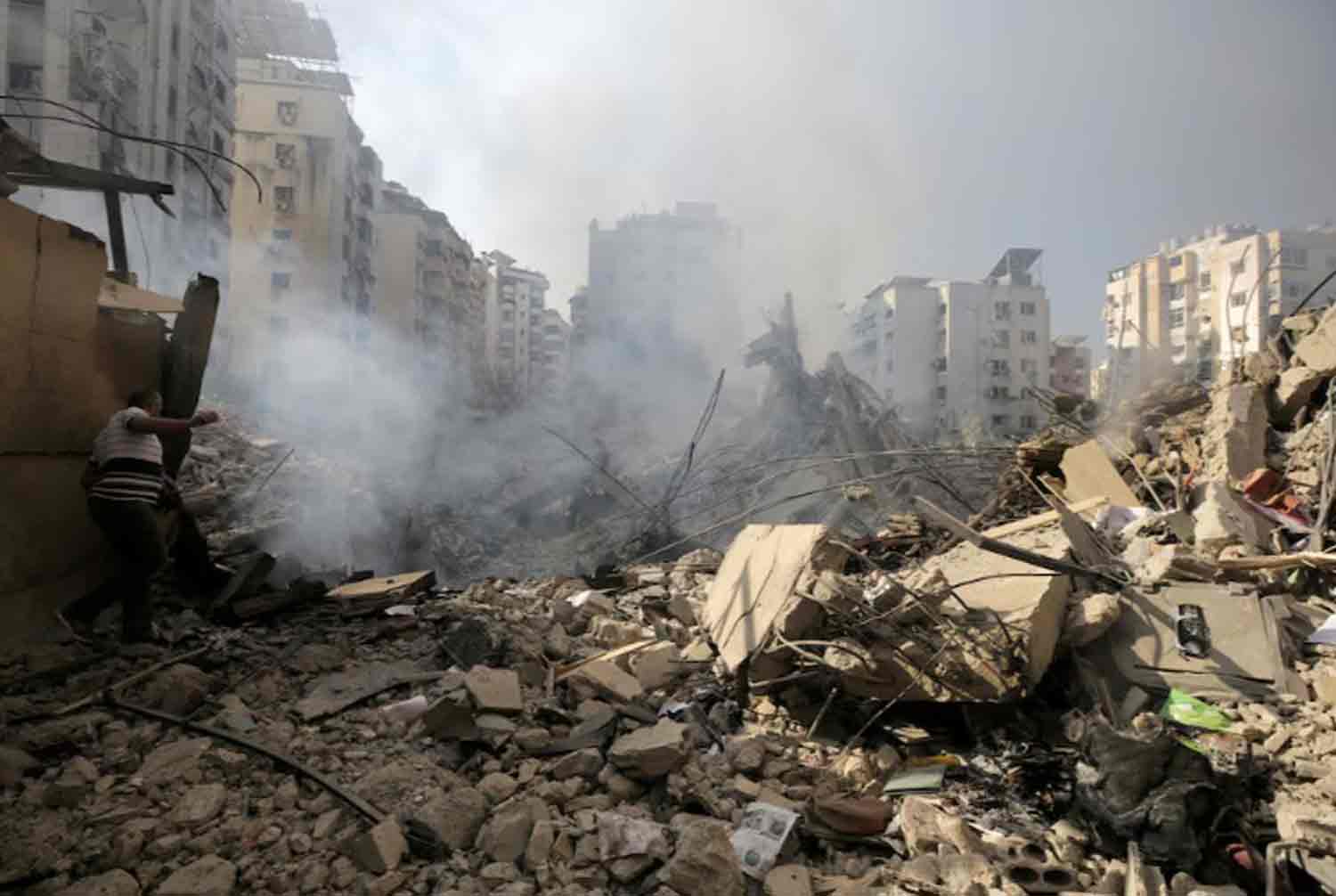In the aftermath of Sayyed Hassan Nasrallah‘s assassination, Hezbollah is confronted with the significant task of addressing the infiltration within its ranks that enabled its primary adversary, Israel, to target and dismantle weapon sites, compromise its communication systems, and eliminate the long-protected leader, whose location had been a closely guarded secret for many years.
Nasrallah was killed at a command headquarters on Friday, just a week following Israel’s lethal detonation of numerous booby-trapped communication devices. This event marked the peak of a series of rapid attacks that have resulted in the loss of half of Hezbollah’s leadership council and severely weakened its senior military command.
In the days leading up to and immediately following Nasrallah’s death, Reuters engaged with over a dozen sources from Lebanon, Israel, Iran, and Syria, who provided insights into the extensive damage inflicted by Israel on the influential Shi’ite paramilitary organization, particularly regarding its supply chains and command structure. All sources requested anonymity due to the sensitive nature of the information.
One individual familiar with Israeli strategic thinking informed Reuters that, less than a day before the attack, Israel had dedicated two decades to gathering intelligence on Hezbollah, asserting that it could target Nasrallah at will, including within the headquarters.
The intelligence was described as “brilliant” by an individual, though no specifics were given. Israeli Prime Minister Benjamin Netanyahu, along with his close advisors, approved the attack on Wednesday, as reported by two Israeli officials to Reuters. This operation occurred while Netanyahu was in New York addressing the U.N. General Assembly.
Hezbollah leader Nasrallah had refrained from public appearances since the previous conflict in 2006. He had maintained a high level of caution, with limited movement and a very small circle of associates, according to a source familiar with his security protocols. The assassination indicated that his organization may have been compromised by Israeli informants, the source noted.
Nasrallah had been particularly wary following the pager explosions on September 17, fearing an assassination attempt by Israel, as indicated by a security source familiar with Hezbollah’s concerns. This caution was evident in his absence from a commanders’ funeral and his decision to pre-record a speech that was aired shortly before the attack.
Hezbollah’s media office did not provide a response to inquiries regarding this incident. U.S. President Joe Biden referred to Nasrallah’s death as “a measure of justice” for his numerous victims and affirmed the United States’ full support for Israel’s right to defend itself against Iranian-backed factions.
Israel claims responsibility for the operation against Nasrallah, stating that it involved bombing an underground command center located beneath a residential building in southern Beirut.
“This represents a significant setback and intelligence failure for Hezbollah,” remarked Magnus Ranstorp, a seasoned expert on the group at the Swedish Defence University. “They were aware that he was in meetings with other commanders, yet they proceeded with the attack.”
Including Nasrallah, Israel’s military has reported the elimination of eight out of Hezbollah’s nine top military leaders this year, primarily within the last week. These leaders were responsible for various units, including the rocket division and the elite Radwan force. Approximately 1,500 Hezbollah fighters were injured due to the explosions of pagers and walkie-talkies on September 17 and 18.
On Saturday, Lieutenant Colonel Nadav Shoshani, a spokesperson for the Israeli military, informed reporters during a briefing that they possessed “real-time” intelligence regarding a meeting of Nasrallah and other leaders. While Shoshani did not disclose the source of this information, he indicated that the purpose of the gathering was to strategize attacks against Israel.
Brigadier General Amichai Levin, who commands Israel’s Hatzerim Airbase, stated that numerous munitions struck the target in a matter of seconds. Levin emphasized that the operation was intricate and had been in the planning stages for an extended period.
Hezbollah has demonstrated a remarkable capacity for swiftly replacing its commanders, with Hashem Safieddine, a cleric and cousin of Nasrallah who wears the black turban signifying his lineage from the Prophet Mohammed, frequently mentioned as a potential successor.
A European diplomat remarked on the group’s strategy, stating, “You kill one, they get a new one.” Known as the Party of God, Hezbollah is prepared to continue its operations; U.S. and Israeli assessments indicate that prior to the recent escalation, the group had approximately 40,000 fighters, along with substantial weapon stockpiles and a comprehensive tunnel network adjacent to Israel’s border.
Established in Tehran in 1982, this Shi’ite paramilitary organization is the most powerful component of Iran’s Axis of Resistance, which consists of anti-Israel allied irregular forces, and it plays a significant role in the region. However, it has experienced both material and psychological setbacks over the last ten days.
Hezbollah has benefited from decades of support from Iran, making it one of the most heavily armed non-conventional military forces globally prior to the current conflict. U.S. estimates suggest the group possesses an arsenal of 150,000 rockets, missiles, and drones, which is tenfold the amount it had during its last confrontation with Israel in 2006, according to Israeli assessments.
In the past year, additional weapons and substantial financial assistance have continued to flow into Lebanon from Iran, as noted by a source familiar with Hezbollah’s perspective. There has been limited public analysis regarding the extent of damage inflicted on this arsenal by Israel’s recent military actions, which have targeted Hezbollah positions in the Bekaa Valley, located far from the Israeli border.
A Western diplomat in the Middle East indicated to Reuters before Friday’s attack that Hezbollah may have lost approximately 20%-25% of its missile capabilities due to the ongoing conflict, including hundreds of Israeli airstrikes this week, although no evidence or specifics were provided to support this claim.
An Israeli security official indicated that a significant portion of Hezbollah’s missile inventory has been neutralized, although no further details were provided. In recent days, Israel has conducted strikes on over 1,000 Hezbollah positions.
When questioned about the military’s extensive list of targets, the official noted that Israel has effectively countered Hezbollah’s two-decade armament buildup by implementing measures to prevent the launch of rockets, which complements the Iron Dome air defense system that frequently intercepts missiles aimed at Israel. Israeli authorities assert that Hezbollah’s ability to fire only a few hundred missiles per day in the past week demonstrates a reduction in its operational capabilities.
Prior to the strike on Nasrallah, three Iranian sources informed Reuters that Iran was preparing to send additional missiles to Hezbollah in anticipation of a prolonged conflict. According to the first source, the planned weapons included short-to-medium-range ballistic missiles, such as Iranian Zelzals and an upgraded precision variant known as the Fateh 110. Following the assassination of Nasrallah, Reuters was unable to contact these sources.
While Iran is prepared to offer military assistance, the two Iranian sources indicated that it prefers to avoid direct involvement in any confrontation between Hezbollah and Israel. The recent surge in hostilities comes after a year marked by skirmishes related to the Gaza conflict. Reports from Iranian media on Saturday stated that Abbas Nilforoushan, the deputy commander of the Iranian Revolutionary Guards, was killed in Israeli strikes on Beirut.
A senior Syrian military intelligence source noted that Hezbollah may require specific warheads, missiles, drones, and missile components to replace those lost in recent Israeli attacks across Lebanon. Historically, Iranian supplies have reached Hezbollah via air and sea routes. However, on Saturday, Lebanon’s transport ministry instructed an Iranian aircraft to refrain from entering its airspace after Israel warned Beirut airport’s air traffic control that it would take “forceful” action if the plane attempted to land, according to a ministry source.
The source also mentioned uncertainty regarding the aircraft’s cargo. Currently, land routes through Iraq and Syria, supported by allied armed groups, are considered the most viable means for transporting missiles, parts, and drones. Nevertheless, the Syrian military source indicated that Israeli drone surveillance and strikes targeting truck convoys have jeopardized this route. In June, Reuters reported that Israel had intensified its attacks on weapons depots and supply lines in Syria to undermine Hezbollah in advance of potential conflict.
In August, an Israeli drone targeted weapons hidden within commercial trailers in Syria, according to a source. This week, the Israeli military reported that its aircraft struck unidentified infrastructure utilized for transferring weapons to Hezbollah along the Syria-Lebanon border.
Joseph Votel, a former army general who commanded U.S. forces in the Middle East, indicated that Israel and its allies are likely capable of intercepting any missiles Iran might send to Hezbollah via land routes at this time. “That could be a risk they are prepared to accept, to be honest,” he remarked.
Discover more from Defence Talks | Defense News Hub, Military Updates, Security Insights
Subscribe to get the latest posts sent to your email.





